With the wide range in planting dates, we have soybean and corn at all different stages which will influence disease onset and fungicide considerations.
Disease has started to show up in tasseling corn and reproductive soybean in Tennessee. In corn, I’ve only received resports on Physoderma brown spot (Image 1) – which is not of any concern for yield or cause for fungicide. Southern rust is in the deep SE US and creeping up the MS river (Image 2), but has not been found in TN to date. Visit the Crop Protection Network site to track where southern rust is present – https://cropprotectionnetwork.org/maps/southern-corn-rust. In my disease nursery at the Milan AgResearch and Education Center, on a highly susceptible hybrid, grey leaf spot (GLS) has started up in the lower canopy (Image 3). Speaking of the Milan REC, come hear from field crop specialists from across the US at the Milan No-Till field day on July 25th – more information can be found at https://milannotill.tennessee.edu/
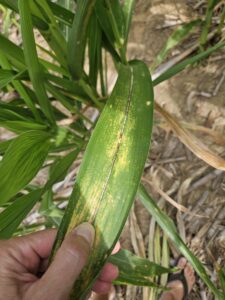
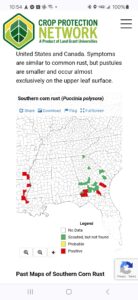
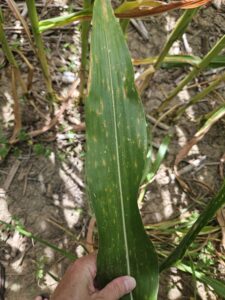
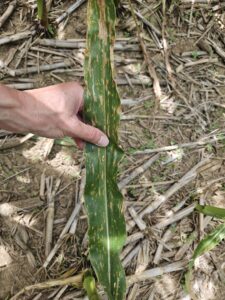
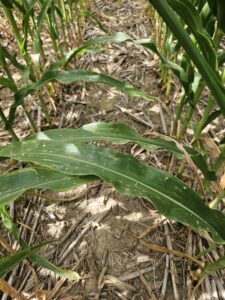
In soybean, there is some Septoria brown spot in lower canopies (Image 4) but herbicide injury can also be mixed in that looks almost identical. In earliest planted soybean varieties that are susceptible to frogeye leaf spot (FLS), it’s tine to scout. Image 5 is from soybean sentinel plot in Fayette county, TN, with chemical injury spot to the left of my thumb and FLS lesion to the right, with additional images (6-7) of FLS lesions showing sporulatuon in the center.
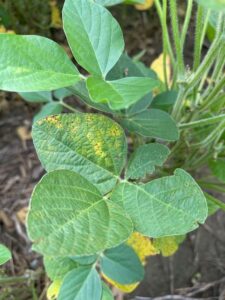
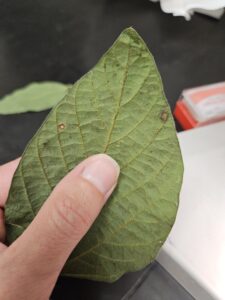
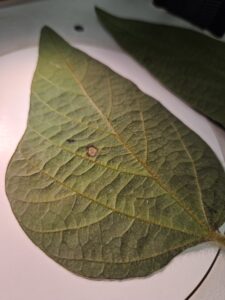
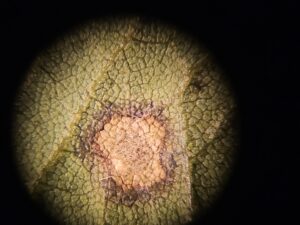
For fungicides to protect yield and provide a return on investment, disease needs to be a PEST, where:
– the Pathogen is present
– there is conducive Environment for disease development
– you have a Susceptible host (cultivar/hybrib)
– the Timing of the previous factors occur at a growth stage that yield will be affected
For corn, fungicide application from tasseling to brown silk (VT-R1) has the greatest probability of protecting yield, where GLS and southern rust are threatening. For soybean, fungicide application around beginning pod development (R3) where disease (usually FLS, Septoria brown spot and/or target spot) is threatening, has the greatest probability of protecting yield. More images and information of diseases can be found on the field guide at guide.UTcrops.com and if able come to one of the three soybean scout schools held in TN – more info on them in previous article – https://news.utcrops.com/2024/06/2024-ut-soybean-scout-schools/


